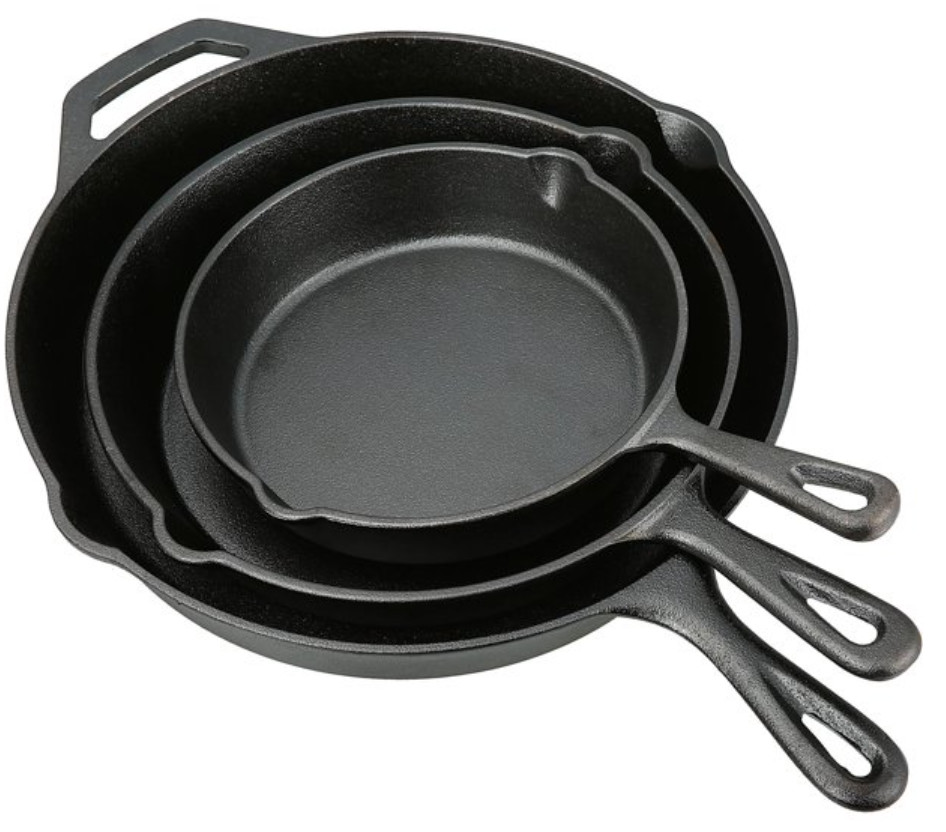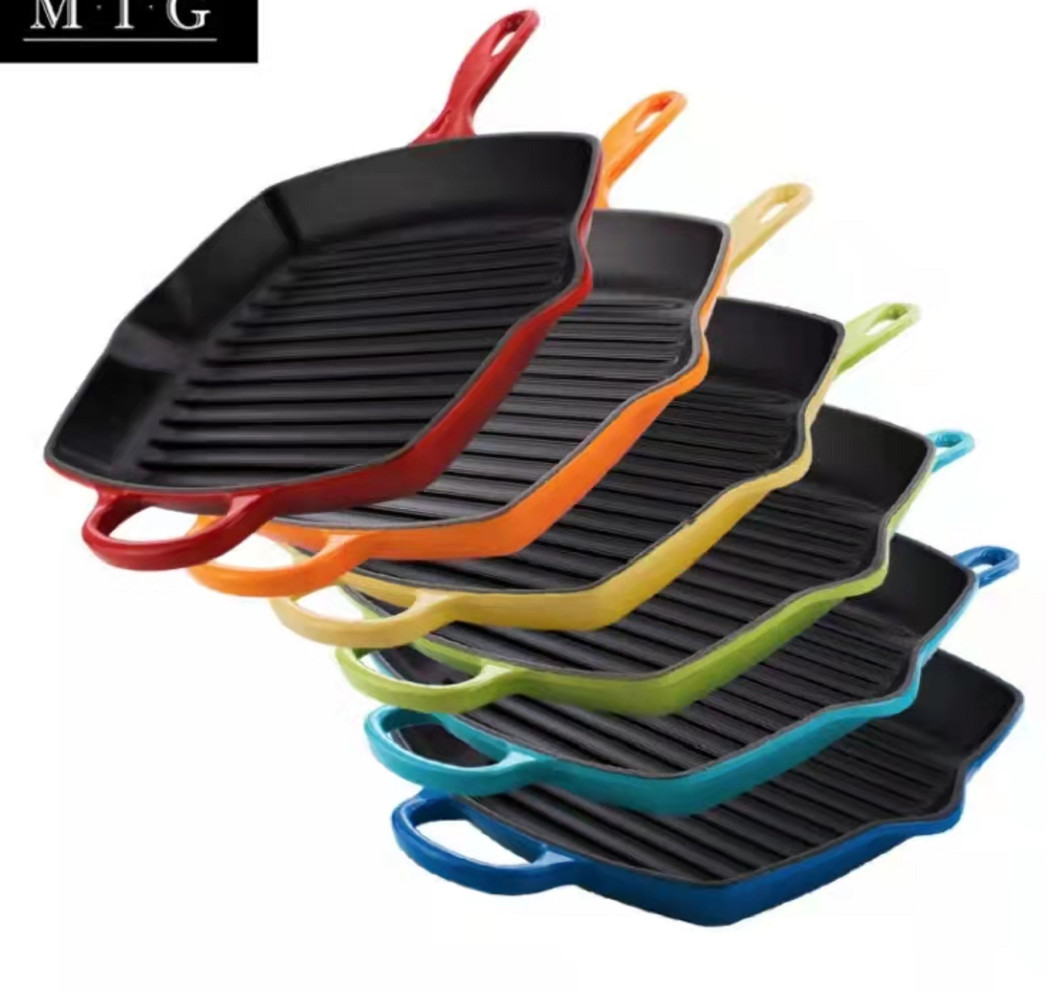- 150m ó Dheas, Bóthar West DingWei, Sráidbhaile Nanlou, Baile Changan, Ceantar GaoCheng, Shijiazhuang, Hebei, an tSín
- monica@foundryasia.com
Meitheamh. 12, 2023 18:48 Ar ais chuig an liosta
CAD É ÉARRAÍ CÓCAIRE Iarainn Theilgthe
Cad is earraí cócaireachta iarann teilgthe ann:
Is earraí cócaireachta tromshaothair é earraí cócaireachta iarann teilgthe atá déanta as iarann teilgthe a luacháil mar gheall ar a choinneáil teasa, a mharthanacht, a chumas le húsáid ag teochtaí an-ard, agus an chócaireacht neamh-bata nuair a bhíonn sé séasúrach i gceart.
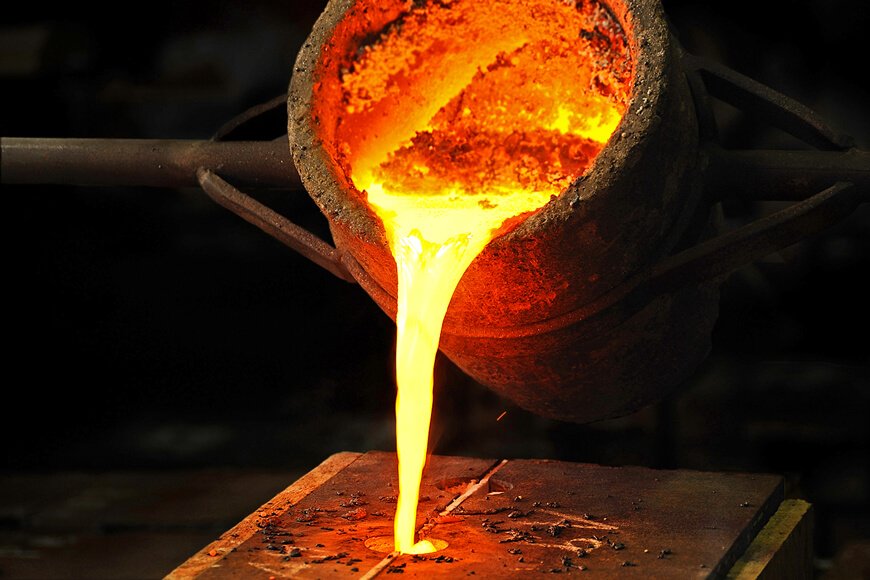
Stair na cookware iarann teilgthe
In Asia, particularly China, India, Korea and Japan, there is a long history of cooking with cast iron vessels. The first mention of a cast-iron kettle in English appeared in 679 or 680, though this wasn't the first use of metal vessels for cooking. The term pot came into use in 1180. Both terms referred to a vessel capable of withstanding the direct heat of a fire. Cast-iron cauldrons and cooking pots were valued as kitchen items for their durability and their ability to retain heat evenly, thus improving the quality of cooked meals.
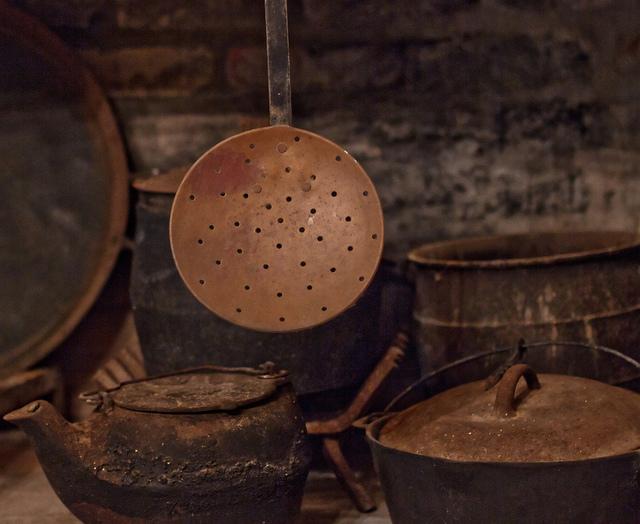
San Eoraip agus sna Stáit Aontaithe, sular tugadh isteach an sorn cistine i lár an 19ú haois, cócaráil béilí sa teallach, agus ceapadh potaí agus pannaí cócaireachta le húsáid sa teallach, nó le fionraí laistigh de.
Cast-iron pots were made with handles to allow them to be hung over a fire, or with legs so that they could stand in the coals. In addition to Dutch ovens with three or four feet, which Abraham Darby I secured a patent in 1708 to produce, a commonly used cast-iron cooking pan called a spider had a handle and three legs allowing it to stand upright over campfires as well as in the coals and ashes of a fireplace.
Baineadh úsáid as potaí agus pannaí cócaireachta le íochtair cothrom gan chosa nuair a tháinig an-tóir ar shoirn chócaireachta; sa tréimhse seo go déanach sa 19ú haois tugadh isteach an árasán
cast-iron skillet.
Bhí éileamh ar earraí cócaireachta iarainn theilgthe go háirithe i measc lucht tí sa chéad leath den 20ú haois. Bhí sé ina cookware saor, ach buan. Bhí pana cócaireachta iarainn theilgthe amháin ar a laghad ag formhór na dteaghlach Meiriceánach.
Sa 20ú haois tugadh isteach agus rinneadh éileamh mór ar earraí cócaireachta d'iarann teilgthe atá brataithe le cruan.
Today, of the large selection of cookware that can be purchased from kitchen suppliers, cast iron comprises only a small fraction. However, the durability and reliability of cast iron as a cooking tool has ensured its survival. Cast-iron pots and pans from the 19th and 20th century continue to see daily use to the present day. They are also highly sought after by antique collectors and dealers. Cast iron has also seen a resurgence of its popularity in specialty markets. Through cooking shows, celebrity chefs have brought renewed attention to traditional cooking methods, especially the use of cast iron.
Táirgí riachtanacha
I measc na gcineálacha earraí cócaireachta d’iarann teilgthe tá friochtáin, oighinn Ollannacha, greillí, iarann vaiféil, preas panini, friogáin dhomhain, woks, fondu agus potjies.
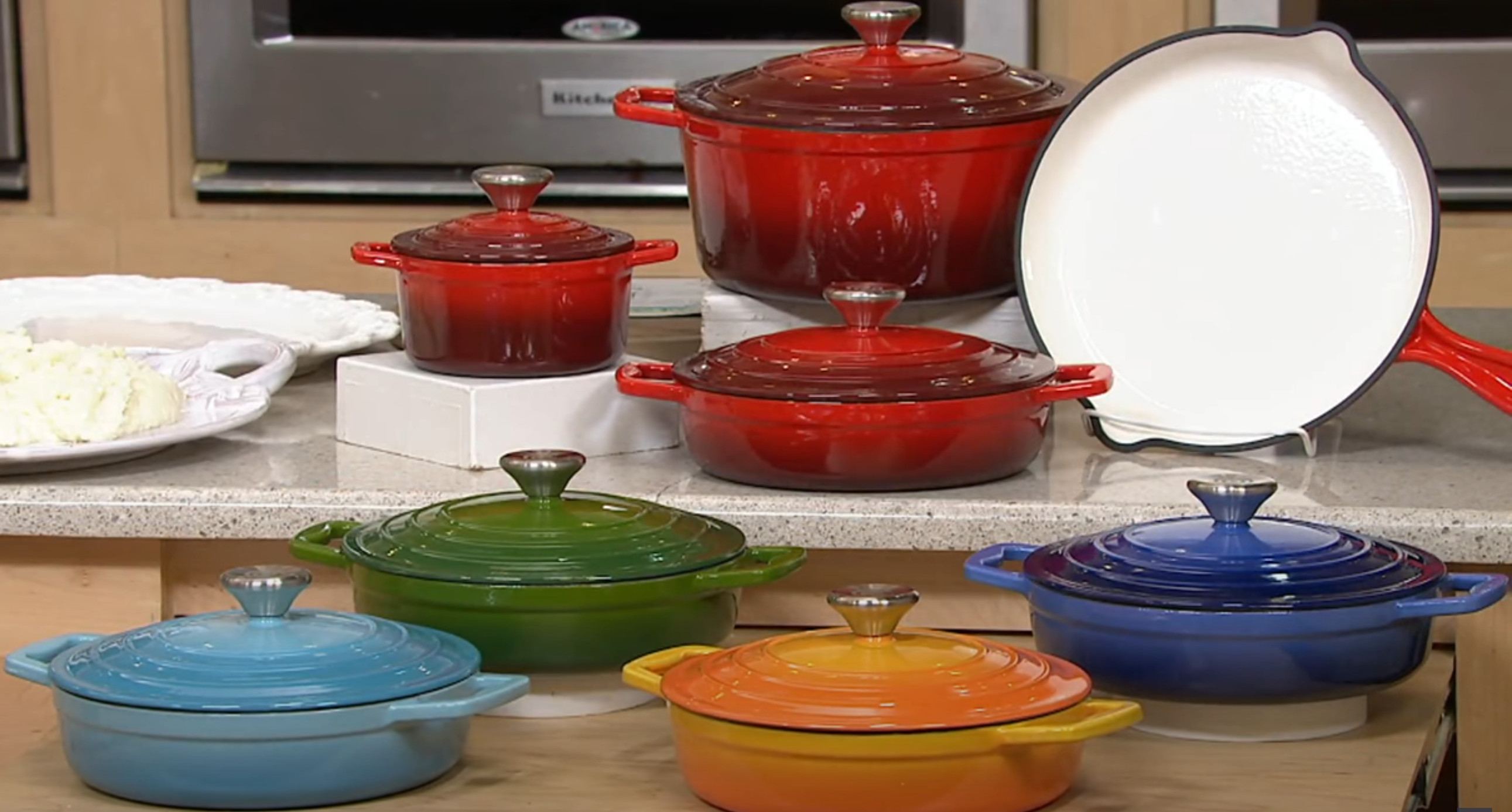
Buntáistí earraí cócaireachta iarann teilgthe
Cast iron's ability to withstand and maintain very high cooking temperatures makes it a common choice for searing or frying, and its excellent heat retention makes it a good option for long-cooking stews or braised dishes.
Because cast-iron skillets can develop a "non-stick" surface when cared for properly, they are excellent for frying potatoes or preparing stir-fries. Some cooks consider cast iron a good choice for egg dishes, while others feel the iron adds an off-flavor to eggs. Other uses of cast-iron pans include baking, for instance for making cornbread, cobblers and cakes.
Many recipes call for the use of a cast-iron skillet or pot, especially so that the dish can be initially seared or fried on the stovetop then transferred into the oven, pan and all, to finish baking. Likewise, cast-iron skillets can double as baking dishes. This differs from many other cooking pots, which have varying components that may be damaged by the excessive temperatures of 400 °F (204 °C) or more.
-
Product introduction of Changan Cast Iron Co., LTD
NuachtJan.24,2024
-
The Impact of the Leidenfrost Effect on Non-Stick Properties of Cast Iron Titanium Coated Cookware
NuachtJan.24,2024
-
An Roinn Cócaireachta a Iniúchadh -- Casseroles Iarainn Teilgthe vs Casseroles Rialta
NuachtEanáir, 2024
-
Ceardlann Pacáistithe Atheagraithe le Seilfeanna agus Stóráil 3D le haghaidh Earraí
NuachtNoll.29,2023
-
Is féidir pota cruan iarann teilgthe úsáidte a ghlanadh go héifeachtach leis na céimeanna seo a leanas:
NuachtNollaig 27, 2023
-
Struchtúr Miotalagrafaíochta do chruan ar iarann teilgthe
NuachtNollaig 27, 2023
